Marie Bracey Camellia Japonica – 3 Gallon Pot
$68.85 Original price was: $68.85.$48.20Current price is: $48.20.
SKU: D2LSC 6285509750 Categories: Camellias, SHRUBS & BUSHES
- Experience the difference quality makes.
- Buy with Peace of Mind
- Free Shipping, No Compromise on Quality
- High quality products, hassle-free returns.

Marie Bracey Camellia Japonica
Camellia japonica ‘Marie Bracey’
Plant Details
USDA Plant Hardiness Zones: 7a-10b Find Your Zone
Plant Type: Evergreen Flowering Shrub
Species: Japonica (Winter, Spring blooming)
Height at Maturity: 8-10′
Width at Maturity: 6-8′
Spacing: 5′ for hedges; 12’+ for space between plants
Flower Color: Bright Pink
Flower Size: Large, 4-5″
Flowering Period: Late Winter, Early Spring
Flower Type: Fully Double
Fragrant Flowers: No
Foliage Color: Dark Green
Fragrant Foliage: No
Berries: No
Berry Color: NA
Sun Needs: Morning Sun with Afternoon Shade or Filtered Sun, All Day Filtered Sun
Water Needs: Average, Lower when established
Soil Type: Clay (amended), Loam, Sand (amended), Silt
Soil Moisture / Drainage: Well Drained Moist
Soil pH: 5.0 – 6.5 (Acid)
Maintenance / Care: Low
Attracts: Visual Attention
Resistances: Deer – more info, Drought (when established), Heat, Humidity
Intolerances: Direct Afternoon Sun, Constantly Soggy Soil
Description
With an extremely long blooming season from mid to late winter to mid-spring, Marie Bracey Camellia is a prized variety that produces an abundance of stunningly beautiful fully double blooms with bright pink petals and lavender overtones. This beauty deserves a spot in every garden where it will grow (USDA Zones 7a-10b). The flowers are excellent for use in floral arrangements or float just one in a bowl.
Landscape & Garden Uses
Growing 8 to 10 feet tall and 6 to 8 feet wide, the Marie Bracey Camellia can be grown as a large shrub or small tree. As a shrub she is ideal for use as a specimen, in groupings, or as a hedge or background plant in landscape borders and is especially nice as a corner plant or espalier (trained to grow flat against a wall) in home foundation plantings. As she grows taller lower branches can be removed to form a highly attractive and color small evergreen tree that serves well as a focal point specimen in landscape borders and home foundation plantings. A fine addition to camellia gardens, pink theme gardens, Asian gardens, cottage gardens, cut flower gardens, to frame corners, as a single specimen shrub or tree, screen or windbreak plantings, home foundations, in woodland gardens, and woodland borders. Also suitable for containers that can be brought indoors overwinter for those who live and garden above USDA Zone 7a, where this camellia variety is not reliably winter hardy. Find Your Zone
Suggested Spacing: 5 feet apart for solid hedge; 12 feet or more apart for space between plants
Note: For our customers who live and garden north of USDA Plant Hardiness Zone 7a, where this Camellia variety is not reliably winter hardy, you’ll be happy to know it can be grown in containers that can be brought indoors during winter and placed back outside when temperatures warm up in spring.
Growing Preferences
Camellia adapt well to various soil types however prefer a moist but well-drained acidic soil that is rich in organic matter. Constantly soggy soil is a slow killer. In general, Camellia grows and blooms better in partial shade with some shelter from the hot afternoon sun. Morning sun with afternoon shade or filtered sunlight is perfect. All-day filtered sun is fine.
Helpful Articles
Click on a link below to find helpful advice from our experts on how to plant and care for Camellias.
Planting Camellias
Pruning Camellias
How To Fertilize & Water Camellias
How To Espalier Plants & Trees
*Espalier (pronounced: ih-spal-yay) …an ornamental shrub or tree that has been trained to grow flat against a wall, fence, or other vertical, flat surface.
Plant Long & Prosper!
Meet The Wilson Brothers & Staff
Questions? Contact Us
Be the first to review “Marie Bracey Camellia Japonica – 3 Gallon Pot” Cancel reply
Related products
Sale!
SHRUBS & BUSHES
Sale!
Sale!
SHRUBS & BUSHES
Sale!
SHRUBS & BUSHES
Sale!
SHRUBS & BUSHES
Sale!
SHRUBS & BUSHES
Sale!
SHRUBS & BUSHES
Sale!
SHRUBS & BUSHES

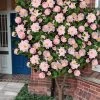










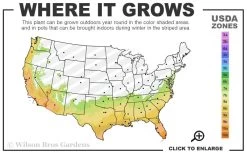


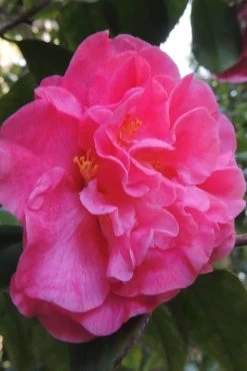


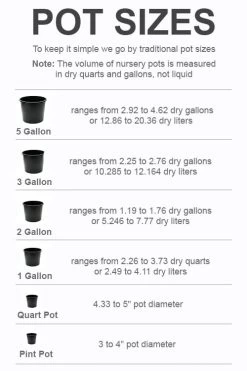
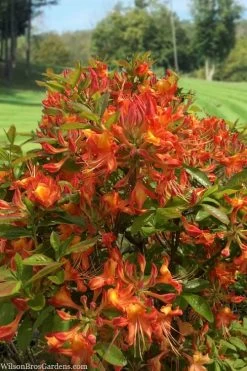

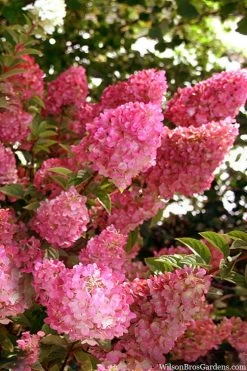

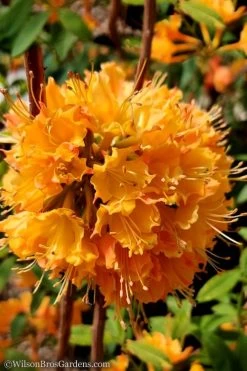

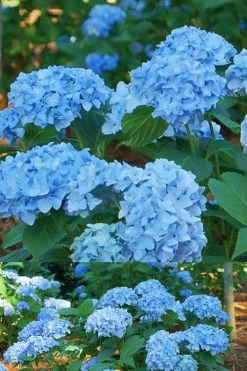


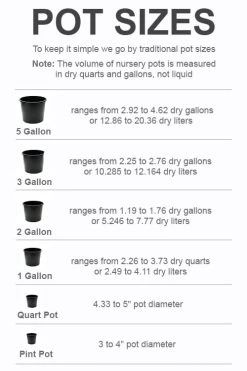
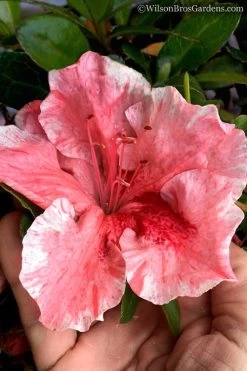
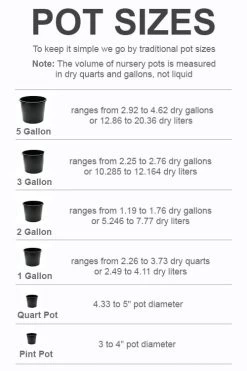

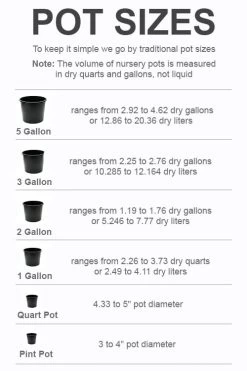
Reviews
There are no reviews yet.